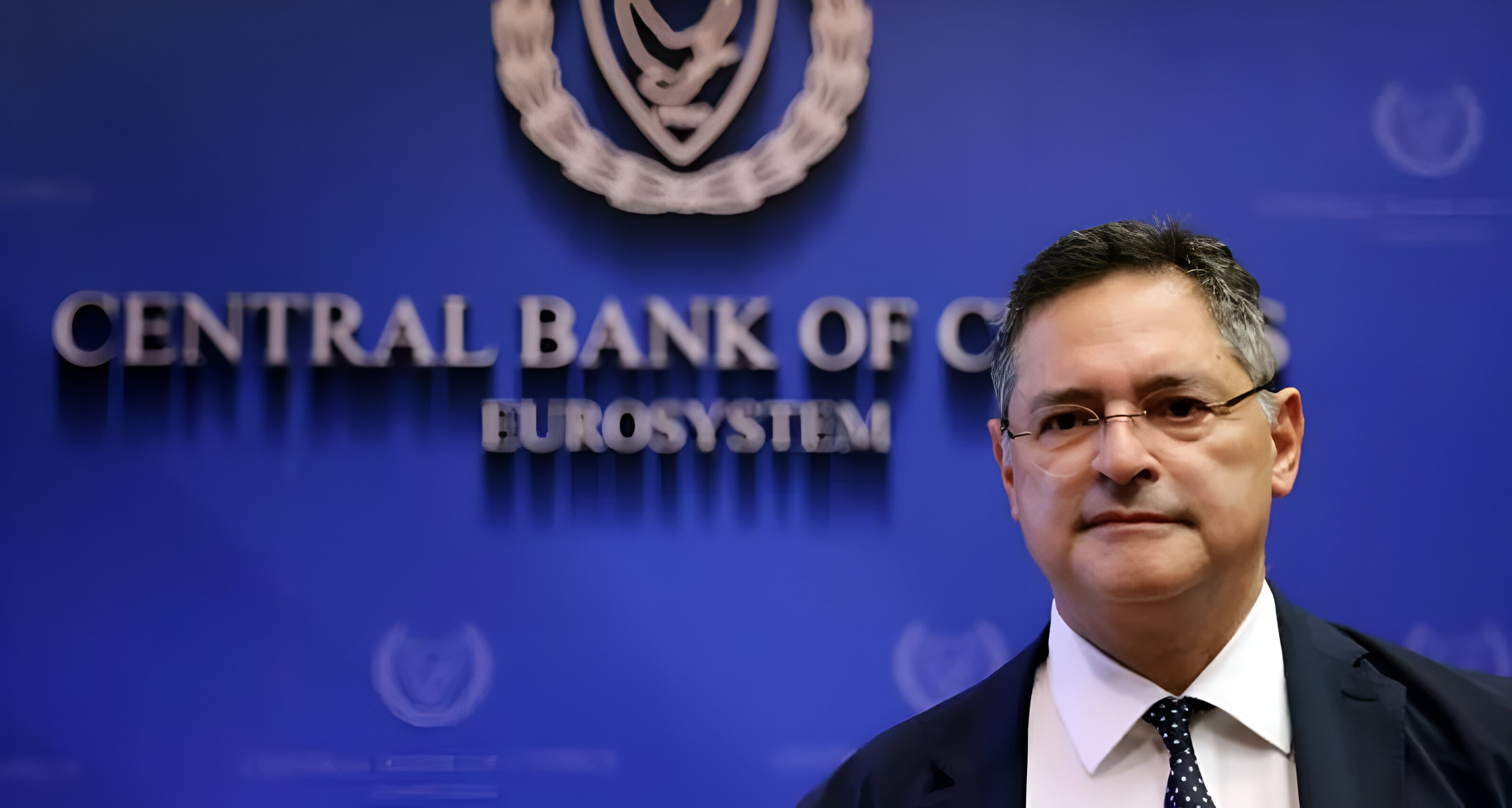CBC projects further debt drop to 57 per cent of GDP in 2025
The Cypriot economy continues to demonstrate significant resilience and adaptability despite ongoing global uncertainty, according to Central Bank of Cyprus (CBC) governor Christodoulos Patsalides.
In its June 2025 economic bulletin, the CBC revised its forecast for the country’s growth rate in 2025 to 3.1 per cent, slightly down from 3.2 per cent projected in the March macroeconomic outlook.
“This resilience,” he said, “is largely due to the strong buffers built in recent years in critical areas such as public finances, the banking sector, and the supervisory framework.”
“The enhanced diversification of the production base, technological upgrades in key sectors, and the attraction of high value-added foreign investment give the economy the necessary momentum to respond effectively to an ever-changing and geopolitically fragile global environment,” he added.
Cyprus’ gross domestic product (GDP) grew by 3.4 per cent in 2024, supported in part by a 3.8 per cent rise in private consumption.
Investment, excluding ship registrations, increased by 1.4 per cent.
What is more, net exports made a positive contribution, driven by strong performance in information technology, intellectual property services, financial and professional services, and tourism.
In the first quarter of 2025, GDP grew by 3 per cent year-on-year, compared to 3.7 per cent in the same quarter of 2024.
Growth stemmed from all sectors, especially trade, transport, hospitality, information and communication, financial and professional services, and construction.
According to the June 2025 CBC forecast, GDP growth in 2025 is expected to reach 3.1 per cent, marginally lower than the March projection of 3.2 per cent.
For the period 2026 to 2027, growth is forecast at 3 per cent annually, with private consumption remaining the primary growth driver due to rising real household income and a robust labour market.
Employment continued to rise, while unemployment dropped to 5 per cent in the first quarter of 2025 from 5.8 per cent a year earlier.
“This figure remains close to full employment conditions, reflecting the steady trajectory of economic growth,” said the governor.
Between 2025 and 2027, unemployment is projected to stabilise around 4.7 per cent.
Inflation slowed to 1.6 per cent in the first half of 2025, compared to 2.3 per cent in the same period of 2024.
According to CBC forecasts, inflation is expected to decline further to 1.5 per cent in 2025, down from 2.3 per cent in 2024.
This reflects trends in energy prices and the impact of the common monetary policy, which continues to restrain demand, albeit to a lesser extent.
For 2026 and 2027, domestic inflation is expected to rise to 2 per cent and 2.4 per cent, respectively.
The anticipated increase is mainly attributed to energy and food prices and the continued, though slowing, upward trend in service prices.
Public finances also remained on a strong footing. In 2024, the fiscal surplus reached 4.3 per cent of GDP, driven by revenues outpacing expenditure.
According to the Finance Ministry, the surplus is projected to remain high at 3.5 per cent of GDP in 2025, despite increased infrastructure spending.
Importantly, the debt-to-GDP ratio declined to 65.3 per cent in 2024 and further to 61.9 per cent by April 2025.
It is expected to fall to 57 per cent for the full year 2025 and to 52.6 per cent in 2026, below the 60 per cent threshold set by the Stability and Growth Pact.
“What distinguishes the economy’s overall positive course is the depth of its structural transformation,” said Patsalides, noting that the Cypriot economy is now diversified in terms of both sectors and export markets.
He highlighted that “the growing presence of foreign companies, particularly in technology and services, is boosting productivity,” though he stressed the need for vigilance due to global uncertainty, which remains at pandemic-era levels.
While Cyprus has limited direct trade exposure to the United States, indirect effects on services and investment may arise due to fluctuations in external demand.
“This reinforces the need for continued alertness, both in fiscal policy and in the financial sector,” he added.
The banking sector has also made “remarkable” progress, according to the CBC governor.
It remains robust and resilient, with banks demonstrating strong capital adequacy, high profitability, and operational improvements.
As of December 2024, the Common Equity Tier 1 (CET1) ratio rose to 24.7 per cent, the highest in the EU and well above the EU average of 16.1 per cent.
This strengthens the system’s stability and protects against future and unforeseen losses. Bank profitability also remained strong, with net profits reaching €1.2 billion in 2024.
Return on equity (RoE) stood at 21.1 per cent, nearly double the EU average, while the cost-to-income ratio fell to 38 per cent, reflecting significant gains from digital transformation and operational efficiency.
However, Patsalides stressed that profitability must be used prudently and strategically to bolster long-term resilience.
Additionally, liquidity buffers remained high, confirming the system’s strength.
The Liquidity Coverage Ratio (LCR) stood at 333 per cent and the Net Stable Funding Ratio (NSFR) at 188 per cent, far exceeding minimum supervisory requirements.
The non-performing loan (NPL) ratio declined to 6.2 per cent in 2024, continuing its steady downward trend.
Although still above the EU average, the governor stated that progress has been substantial and there are no signs of widespread deterioration in credit behaviour. This supports confidence in the sector’s resilience.
Nonetheless, close monitoring and further balance sheet deleveraging remain necessary, especially among less significant institutions which must intensify their efforts.
The CBC has also strengthened its supervisory framework both institutionally and organisationally.
“We created a dedicated division for supervising Electronic Money Institutions and Payment Service Providers, which are growing rapidly, with 39 institutions now under supervision with specialised personnel and mechanisms,” said the governor.
He also spoke about the CBC’s efforts to address climate-related financial risks, including the implementation of enhanced ESG standards, unified governance and environmental criteria, and new transparency requirements under the EU Sustainable Finance Directive.
On anti-money laundering and counter-terrorist financing, the new AML 2025 Directive is fully aligned with the European Banking Authority’s guidelines.
He explained that it improves regulatory compliance and streamlines service provision with clearer and simpler procedures.
The CBC governor concluded by saying that strong emphasis is also being placed on integrating artificial intelligence into banking, enhancing cybersecurity resilience, and boosting investment in digital infrastructure and specialised personnel.







Click here to change your cookie preferences